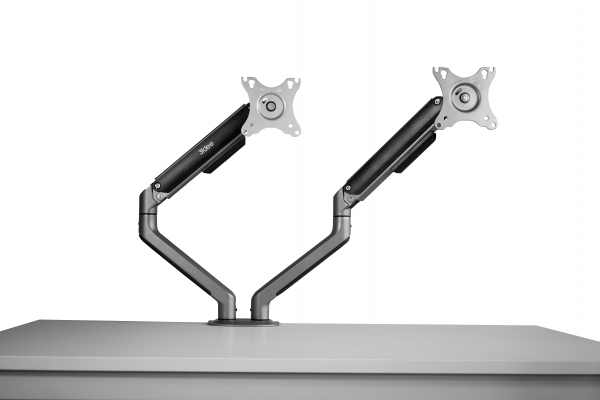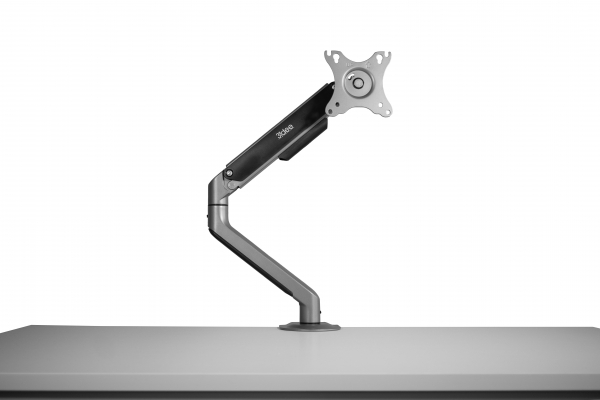Products
Monitor arms
Showing 2 of 2 items
Showing 2 of 2 items
Monitor Mounts: Revolutionizing the Ergonomic Workspace
In today's digital age, the way we work has transformed dramatically. Screen work is now the norm, bringing with it challenges related to ergonomics and health. Enter monitor mounts.
The Importance of Ergonomics
Ergonomics is the science of adapting the work environment to the individual. Poor ergonomics can lead to a range of health issues, including back and neck pain, eye strain, and even chronic conditions like carpal tunnel syndrome. Proper monitor positioning is a crucial component of an ergonomic workspace.
Benefits of a Screen Mount
Mounting your screen on a monitor holder frees up desk space, keeping the area beneath the display unoccupied. Moreover, these mounts typically incorporate cable management, hiding unsightly cables behind the mount. Adjusting the viewing angle becomes a breeze, be it for sharing the screen view with someone else or avoiding glare. By achieving a higher position than on the desk, you naturally look at the monitor at a comfortable height.
Differences in Monitor Mounts
There are primarily two types of monitor mounts: those for wall mounting, adjustable using hinges, and risers. The latter is designed for desk placement and doesn't require installation. They simply elevate the screen, with position adjustments possible via the movable monitor base. Wall mounts, on the other hand, are adjustable in all directions, perfectly tailoring to your viewing needs and seating position. Some even accommodate dual screens for a workspace.
Finding the Right Mount for Your Monitor
For wall mounting, monitors typically have four standardized drill holes on the back. The VESA standard (Video Electronics Standards Association) helps you find a mount that fits your screen perfectly. Information about your model's VESA standard can usually be found in the manual or on the back of the screen. The range of motion of the mount is also a consideration. Ideally, they should be able to rotate, swivel, and tilt. For presentation-only purposes, simple versions without a tilt function might suffice.
Mounting the Monitor Holder
Traditional screen mounts are affixed to the wall, followed by the display. It's advisable to check the wall's load-bearing capacity beforehand. Older buildings with porous walls and large monitors might require special expansion anchors. Also, use a cable detector to avoid drilling into power or water lines. Mark the drill holes with a pencil and choose sufficiently strong dowels and screws. The heavier and larger your screen, the more robust these should be. If drilling isn't an option, opt for mounts with clamps for desk mounting.
Optimal Monitor Positioning for Ergonomic Work
A well-adjusted monitor can help prevent strains and headaches. The monitor mount is optimally positioned when you can look over the top edge of the display without lifting your head. Tilt it forward by about 10 degrees for a clear view of the screen center, ensuring a relaxed posture. Position the monitor so you can look straight at it without turning your head.
Conclusion
An ergonomic workspace is not just about comfort but also health. Our monitor mounts are designed to offer both. They allow you to position the monitor ideally, reducing eye, neck, and back strain while boosting productivity. Explore our range and experience the difference a quality monitor mount can make.

 Deutsch
Deutsch Français
Français Italiano
Italiano Español
Español
 USD
USD GBP
GBP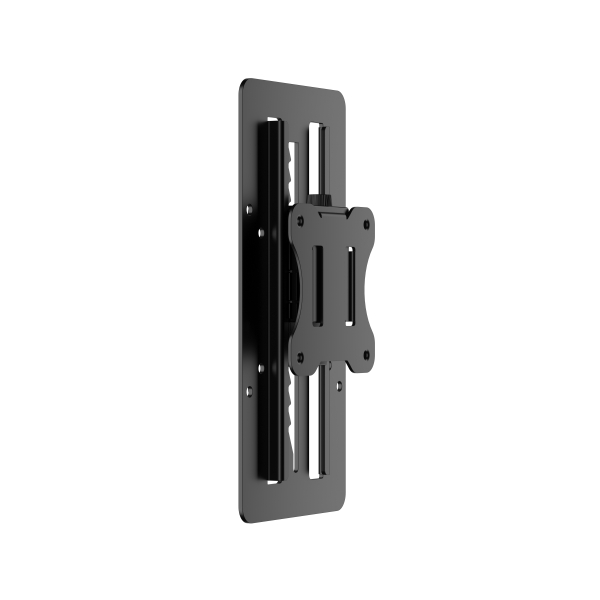
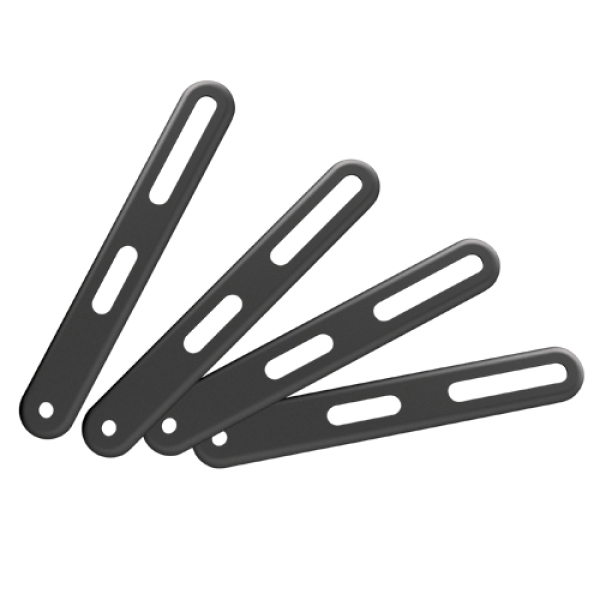
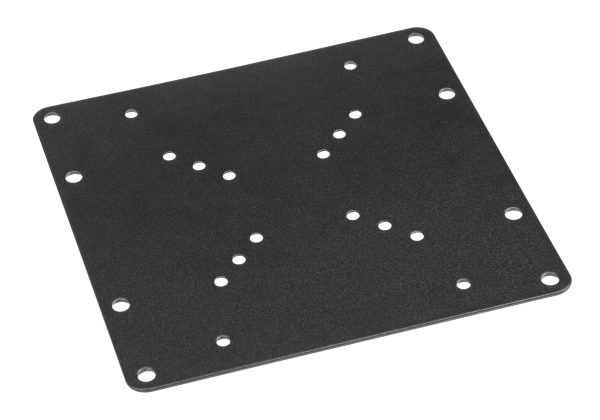
--75x75mm___220_0_652519.jpg)
--75x75mm___219_0_282503.jpg)
